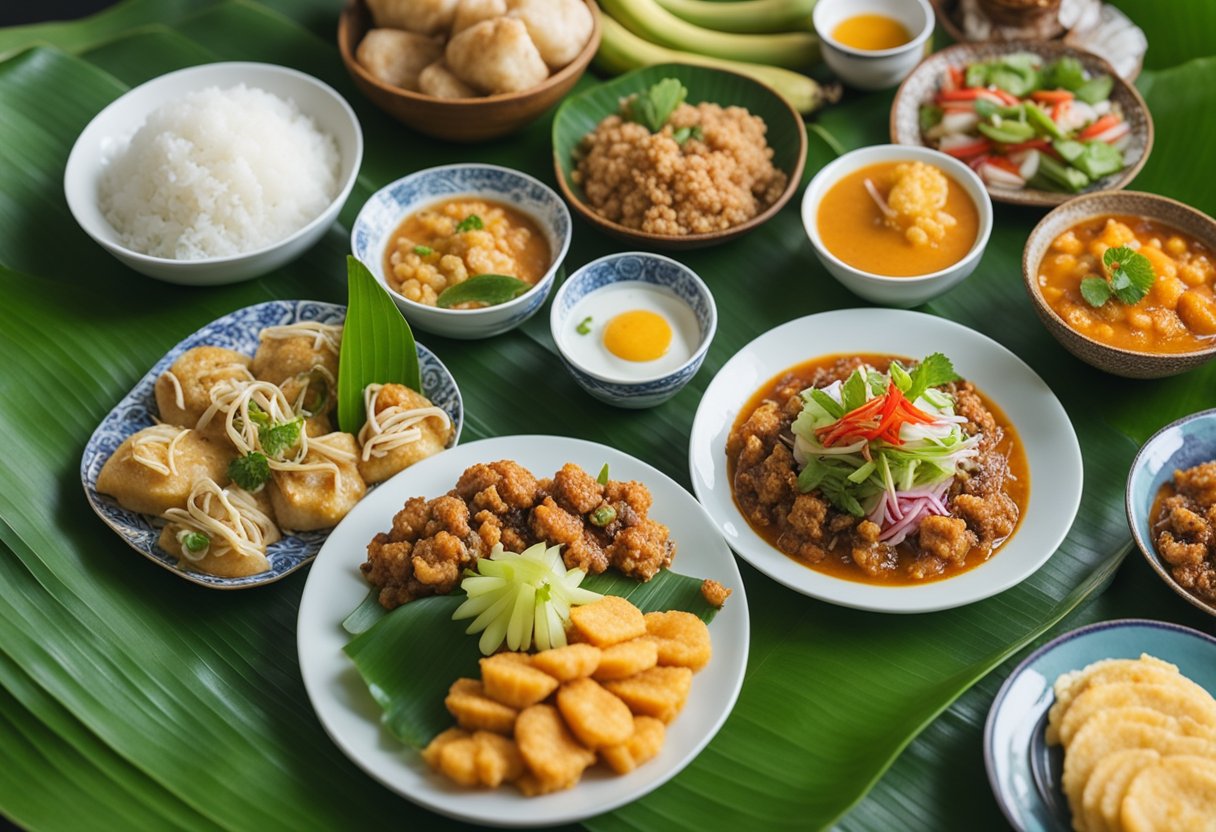Peranakan cuisine different from other Singaporean cuisine

Peranakan cuisine, also known as Nyonya cuisine, stands out among Singapore's diverse cuisines with its unique blend of cultural influences and distinctive flavors. It differs from other Singaporean cuisines in the following ways:
Cultural Fusion
Peranakan cuisine has its origins with the Peranakan people, the descendants of Chinese immigrants who settled in the Malay Archipelago, particularly Singapore, Malaysia and Indonesia. This dish is a fusion of ** Chinese food technique ** and ** Malay/Indonesian spice **, and it brings a dish that is both a harmonious combination in both Chinese and Malay.
Unique material
The important ingredients of peranakan dishes include ** coconut milk **, ** Galangal **, ** lemongrass **, and various herbs that give bold flavors. These ingredients are used less frequently in other Singaporean cuisines, which might rely on soy sauce, chillies or simpler seasoning methods.
For example, while many local dishes focus on simple spice blends and sauces, Peranakan cuisine often uses aromatic spices and fresh herbs for complex layers of flavour.
Unique Cooking Techniques
Peranakan cuisine employs special cooking techniques that reflect its hybrid nature - methods such as slow cooking and braising are common, allowing flavours to develop over time. Dishes such as **Ayam Buah Keluak** (chicken cooked with distinctive black walnuts) exemplify this technique, highlighting the depth and richness that is characteristic of Nyonya cuisine.
In contrast, other Singaporean dishes may emphasise quicker cooking methods, more typical of street food. Specialities
While many Singaporean dishes are well-known across cultures, such as Hainanese chicken rice and laksa, Peranakan cuisine offers signature dishes that are less familiar to the average diner.
For example, **Babi Pongteh** (pork stew with fermented soybeans) and **Nyonya Laksa** (coconut curry noodle soup), which have distinctive flavour profiles that set them apart from their counterparts in other cuisines.
Flavor Profile
Peranakan food tends to have more complex flavors than many other regional cuisines, often balancing sweet, spicy and sour in a way that reflects both Chinese and Malay influences.
This complexity can be seen in dishes such as **Rendang** (a rich meat dish) or **Sambal** (a spicy condiment), which incorporate a variety of spices and ingredients not typically found in other Singaporean dishes.
Cultural Significance
Peranakan cuisine is closely tied to the identity of the Baba Nyonya community, with an emphasis on family traditions and heritage. Meals are often shared and reflect a strong sense of cultural pride, in contrast to other Singaporean cuisines that may not convey the same historical stories or family connections.
Thus, Peranakan's cuisine is a glossy tapestry woven from the effects of discomfort with China, and features its unique ingredients, complex aroma, and cultural meaning. It provides a unique cooking experience that distinguishes it from other Singapore kite.

0 Comments